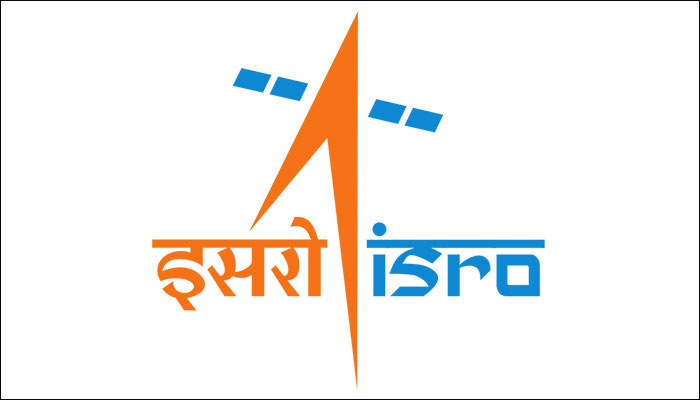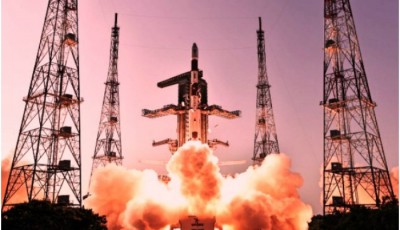Countdown begins for launch of ASTROSAT satellite on Monday
A 50-hour countdown began at 8 a.m. on Saturday at the launch port in Sriharikota in Andhra Pradesh.
The main objectives of Astrosat are to understand high-energy processes in binary systems containing neutron stars and black holes; estimate magnetic fields of neutron stars; study star birth regions and high-energy processes in star systems beyond our galaxy; detect briefly bright X-ray sources in the sky; and perform a limited deep-field survey of the universe in the ultraviolet region.
Its co-passengers on the PSLV-C30 would be six smaller satellites of foreign nations including four from the USA and one each from Indonesia and Canada.
LAPAN-A2 is a Microsatellite from National Institute of Aeronautics and Space-LAPAN, Indonesia.
The 14-kg NLS-14 (Ev9) of Space Flight Laboratory, University of Toronto Institute for Advanced Studies, is also a maritime monitoring Canadian nano satellite using the next generation AIS. For the light-lift workhorse PSLV vehicle, this will be the 31st flight with 30 successes in its belt.
ASTROSAT will observe universe in the optical, Ultraviolet, low and high energy X-ray regions of the electromagnetic spectrum, whereas most other scientific satellites are capable of observing a narrow range of wavelength band. The earlier nine flights of PSLV-XL were PSLV-C11/Chandrayaan-1, PSLV-C17/GSAT-12, PSLV-C19/RISAT-1, PSLV-C22/IRNSS-1A, PSLV-C25/Mars Orbiter Spacecraft, PSLV-C24/IRNSS-1B and PSLV-C26/IRNSS-1C, PSLV-C27/IRNSS-1D, PSLV-C28/DMC3 missions. The remaining four LEMUR nano satellites from Spire Global Inc., San Francisco, US, are non-visual remote-sensing satellites.
The estimated life of the satellite will be five years, the same will be periodically reviewed by Isro.
The PSLV will carry a total payload of 1,631 kg during this mission.









